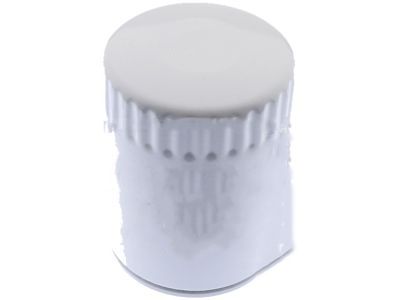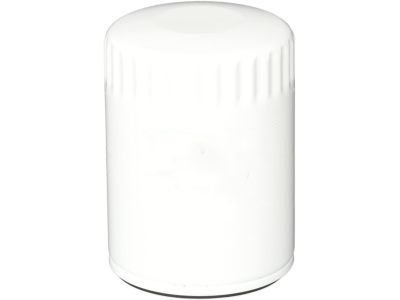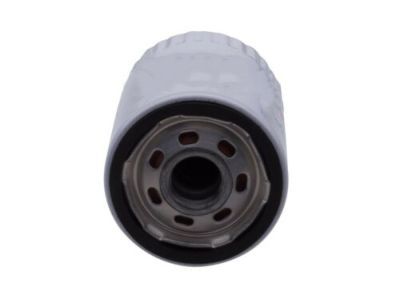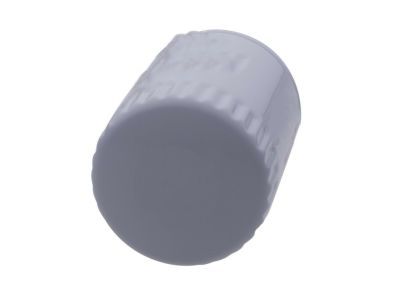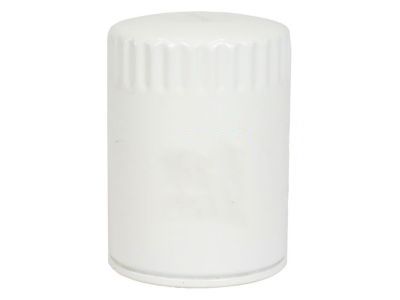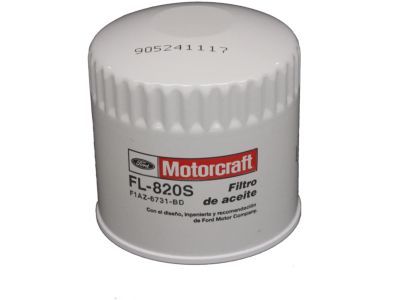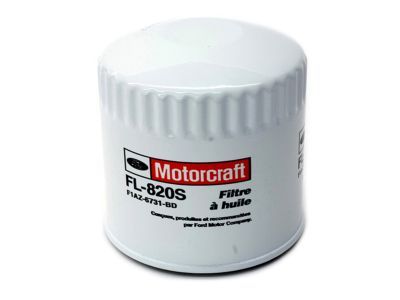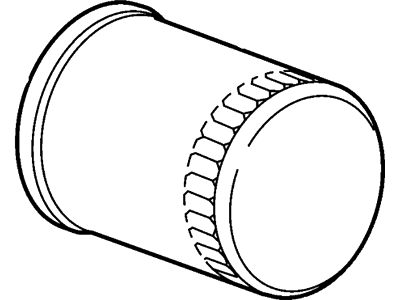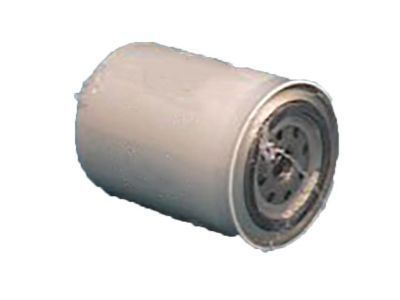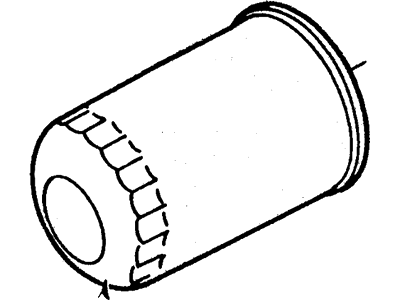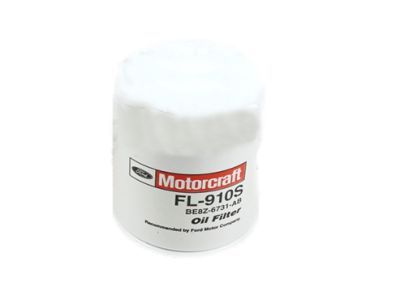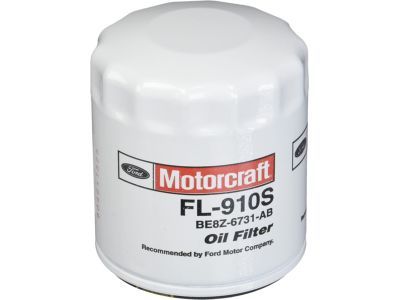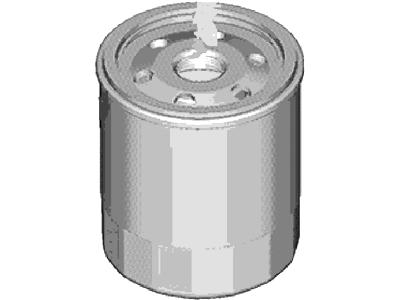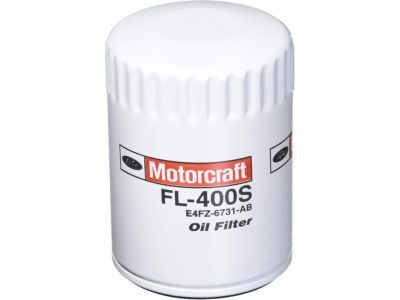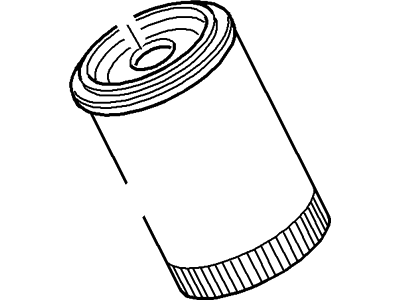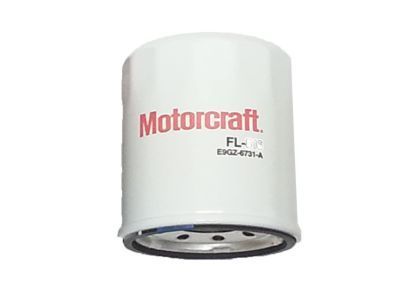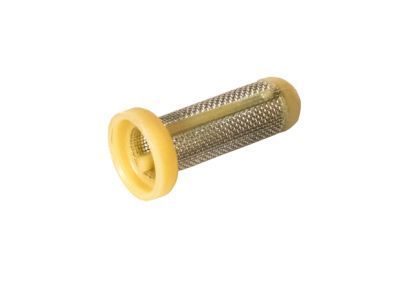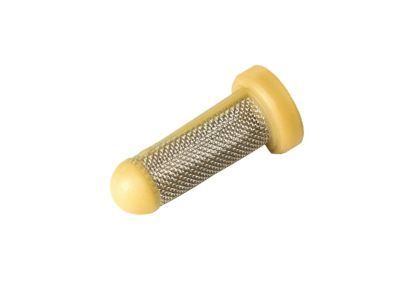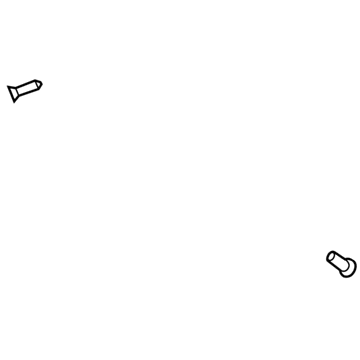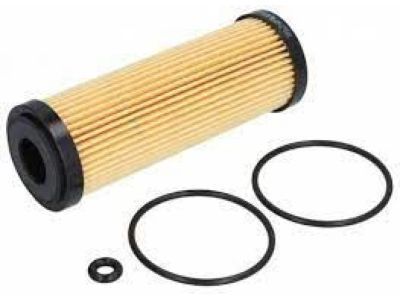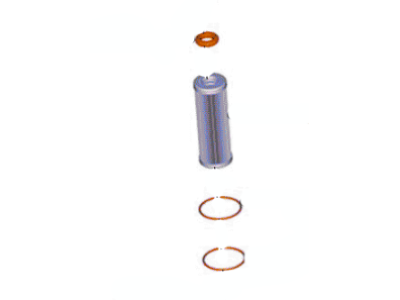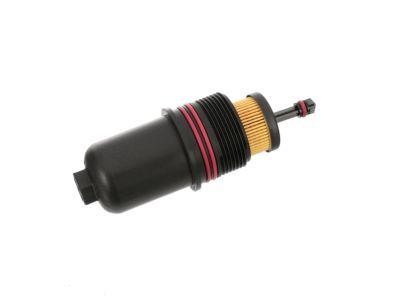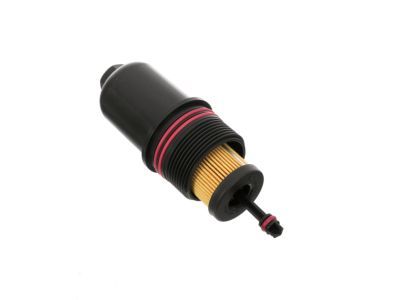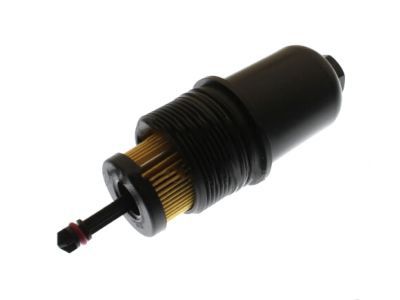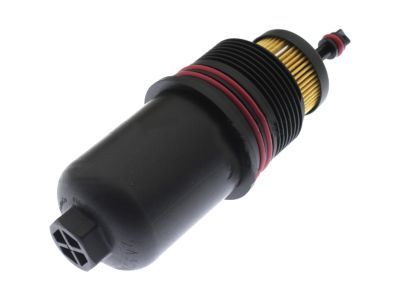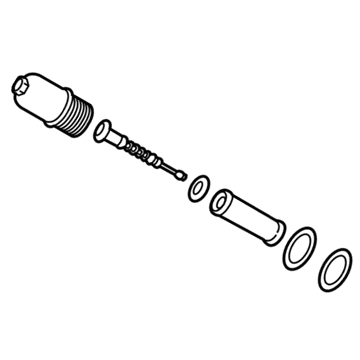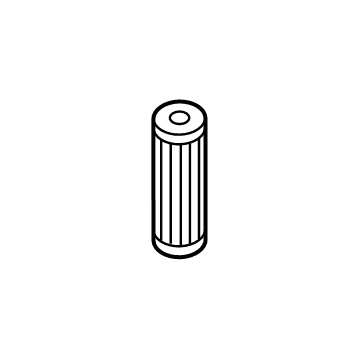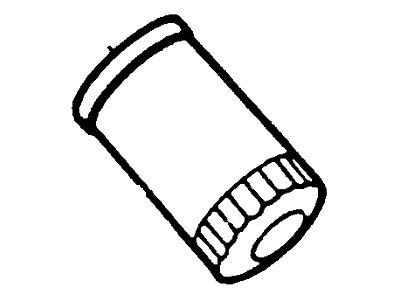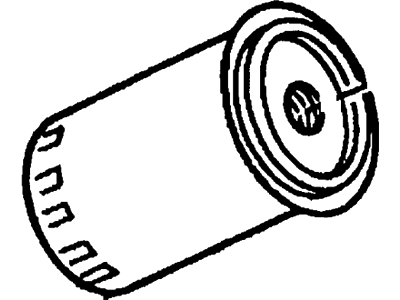

My Garage
My Account
Cart
Genuine Lincoln Continental Oil Filter
Engine Oil filter- Select Vehicle by Model
- Select Vehicle by VIN
Select Vehicle by Model
orMake
Model
Year
Select Vehicle by VIN
For the most accurate results, select vehicle by your VIN (Vehicle Identification Number).
16 Oil Filters found
Lincoln Continental Oil Filter Assembly
Part Number: AA5Z-6714-A$8.14 MSRP: $12.71You Save: $4.57 (36%)Ships in 1 Business DayLincoln Continental Filter Assembly - Oil
Part Number: F1AZ-6731-BD$8.14 MSRP: $12.71You Save: $4.57 (36%)Ships in 1 Business DayLincoln Continental Filter Assembly - Oil
Part Number: D9AZ-6731-A$10.78 MSRP: $16.82You Save: $6.04 (36%)Ships in 1 Business DayLincoln Continental Kit - Element & Gasket - Oil Filter
Part Number: BE8Z-6731-AB$8.14 MSRP: $12.71You Save: $4.57 (36%)Ships in 1 Business DayLincoln Continental Filter Assembly - Oil
Part Number: E4FZ-6731-AB$7.79 MSRP: $12.71You Save: $4.92 (39%)Ships in 1 Business DayLincoln Continental Filter Assembly - Oil
Part Number: E4FZ-6731-A$7.97 MSRP: $12.71You Save: $4.74 (38%)Ships in 1 Business DayLincoln Continental FILTER ASY
Part Number: BL3Z-6C683-B$16.07 MSRP: $31.33You Save: $15.26 (49%)Ships in 1 Business DayLincoln Continental Filter Assembly - Oil
Part Number: FT4Z-6731-A$10.78 MSRP: $16.82You Save: $6.04 (36%)Ships in 1 Business Day
Lincoln Continental Oil Filter Housing
Part Number: FT4Z-6A832-C$50.93 MSRP: $102.89You Save: $51.96 (51%)Lincoln Continental Kit - Element & Gasket - Oil Filter
Part Number: KU2Z-6731-A$10.78 MSRP: $16.82You Save: $6.04 (36%)Lincoln Continental Kit - Element & Gasket - Oil Filter
Part Number: E9GZ-6731-A$7.79 MSRP: $12.71You Save: $4.92 (39%)Ships in 1 Business DayLincoln Continental KIT - ELEMENT & GASK
Part Number: E73Z6731A$11.77 MSRP: $16.09You Save: $4.32 (27%)Lincoln Continental Filter Assembly - Oil
Part Number: F1AZ-6731-A$7.97 MSRP: $12.71You Save: $4.74 (38%)Ships in 1 Business DayLincoln Continental Filter Assembly - Oil
Part Number: D4ZZ-6731-B$7.79 MSRP: $12.71You Save: $4.92 (39%)Ships in 1 Business DayLincoln Continental Filter- Oil - Primary
Part Number: E7GZ-6731-A$8.14 MSRP: $12.71You Save: $4.57 (36%)Ships in 1 Business Day
Lincoln Continental Oil Filter
Oil Filter on Lincoln Continental automobiles is one of the critical parts that help in retaining the health of the engine by preventing the circulation of contaminated oil. Some of the Lincoln Continental Oil Filters include the replaceable element cartridge filters together with the spin-on filters and the later has high oil pressure tolerance as well as reduces on metal-to-metal contact. Performance filters provide high flow rates of air and also provide maximum protection to the engine. These filters use specially developed synthetic materials that are capable to capture as high as ninety-nine percent of the damaging elements and provide the premier oil circulation at the same time. Oil filters have been improved over the years in ways that make them to give long periods between oil changes which in turn improve on the performance and the life of the engine.
We provide a wide range of Lincoln Continental Oil Filter at the best prices possible. If you need Lincoln Continental Oil Filter, you can shop with confidence on our website. All our OEM parts come with a manufacturer's warranty and are delivered to your door step with a fast delivery service.
Lincoln Continental Oil Filter Parts Questions & Experts Answers
- Q: What Are the Essential Steps to Perform Frequent Preventive Maintenance Oil and Oil Filter Changes on Lincoln Continental?A:Frequent oil changes are important preventive maintenance procedures that can be done by the home mechanic. As engine oil ages, it becomes diluted and contaminated, leading to premature engine wear. Before starting the procedure, make sure you have all the necessary tools, including a drain pan, rubber gloves, breaker bar, socket, and filter wrench. It is also helpful to have rags or newspapers nearby for cleaning up spills. Access to the oil drain plug and filter will be improved if the vehicle can be lifted on a hoist, driven onto ramps, or supported by jackstands. If you haven't changed the oil on this vehicle before, locate the oil drain plug(s) and the oil filter. Be cautious of the hot exhaust components when working under the vehicle. Start the engine and let it reach normal operating temperature before parking on a level surface and shutting off the engine. Raise the vehicle and support it on jack-stands, ensuring it is safely supported. Position a drain pan under the plug in the bottom of the engine and remove the plug using a proper size box end wrench or socket. Some models may have two drain plugs. Inspect the old oil for metal particles. After all the oil has drained, wipe off the drain plug and clean the area around the drain plug opening. Reinstall and tighten the plug securely. Move the drain pan under the oil filter and loosen the filter using a filter wrench. If the filter is too tight, puncture it with a metal bar or long screwdriver to loosen it. Unscrew the filter from the block, being careful to prevent oil from spilling out. Wipe off the mounting surface on the block and ensure no old gasket remains stuck. Smear some engine oil on the rubber gasket of the new filter and screw it into place. Remove all tools and materials from under the vehicle and lower it. Add new oil to the engine through the oil filler cap, pouring four quarts of fresh oil. Wait for the oil to drain into the pan and check the level on the dipstick. Start the engine and check for leaks at the oil pan drain plug and around the oil filter. Tighten if necessary. Wait a few minutes and recheck the oil level. During the first few trips after an oil change, check for leaks and proper oil level. Dispose of the old oil at an oil reclamation center, auto repair shop, or gas station.
Related Lincoln Continental Parts
Browse by Year
2020 Oil Filter 2019 Oil Filter 2018 Oil Filter 2017 Oil Filter 2002 Oil Filter 2001 Oil Filter 2000 Oil Filter 1999 Oil Filter 1998 Oil Filter 1997 Oil Filter 1996 Oil Filter 1995 Oil Filter 1994 Oil Filter 1993 Oil Filter 1992 Oil Filter 1991 Oil Filter 1990 Oil Filter 1989 Oil Filter 1988 Oil Filter 1987 Oil Filter 1986 Oil Filter 1985 Oil Filter 1984 Oil Filter 1983 Oil Filter 1982 Oil Filter
